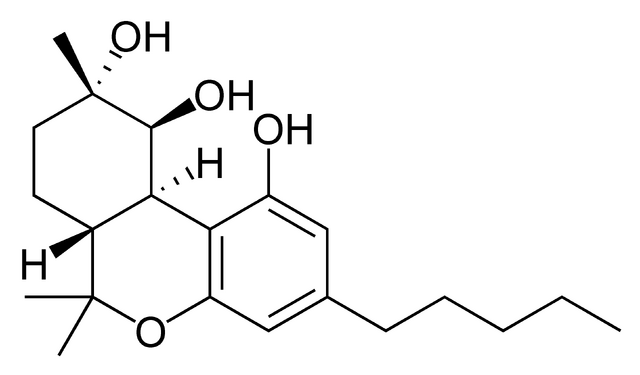
“CANNABINOIDS ARE NATURAL and synthetic compounds structurally or pharmacologically related to the constituents of the plant Cannabis sativa or to the endogenous agonists (endocannabinoids) of the cannabinoid CB1 and CB2 receptors.
Cannabidiol (CBD) is a major cannabinoid constituent of Cannabis.
In contrast to tetrahydrocannabinol, CBD binds very weakly to CB1 and CB2 receptors. Contrary to most cannabinoids, CBD does not induce psychoactive or cognitive effects.
CBD has been shown to have anti-inflammatory properties. CBD (together with tetrahydrocannabinol) has been successfully tested in a few preliminary human trials related to autoimmune diseases…
Cannabidiol (CBD) is a major, nonpsychoactive Cannabis constituent with anti-inflammatory activity mediated by enhancing adenosine signaling.
Inasmuch as adenosine receptors are promising pharmaceutical targets for ischemic heart diseases, we tested the effect of CBD on ischemic rat hearts.
Our study shows that CBD induces a substantial in vivo cardioprotective effect from ischemia that is not observed ex vivo.
Inasmuch as CBD has previously been administered to humans without causing side effects, it may represent a promising novel treatment for myocardial ischemia.”


